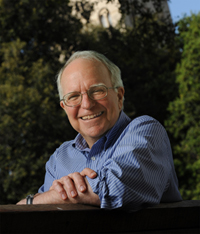The Brookings Institution is committed to quality, independence, and impact.
We are supported by a diverse array of funders. In line with our values and policies, each Brookings publication represents the sole views of its author(s).

Research
BPEA | 1983 No. 1
1983, No. 1
DURING THE 1970s there was a marked increase in both the turnover and perceived shortages in U.S. labor markets that were associated with a given rate of unemployment. In those years a given unemployment rate became linked with much faster wage growth and much slower productivity growth than it was before. This paper presents evidence that relates the apparent increasing difficulty employers have had in satisfying their labor demands at given rates of unemployment to the U.S. record of wage and productivity growth. Throughout the discussion the extent of labor turnover (measured in terms of discharge and quit rates for the manufacturing sector) and the degree of apparents hortages (reflected primarily in help-wanted advertising per employee) associated with particular unemployment rates are referred to as labor market imbalance